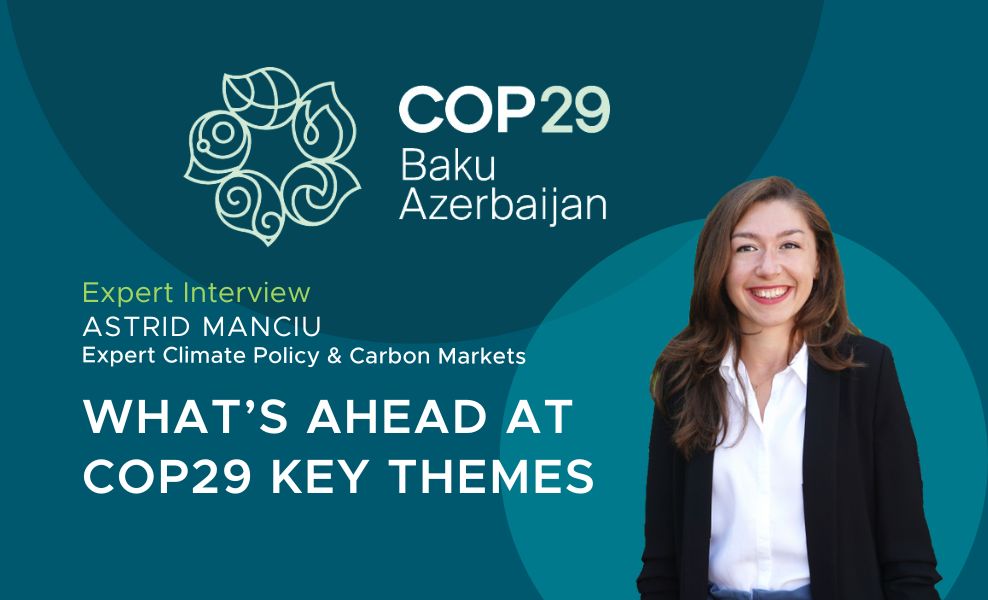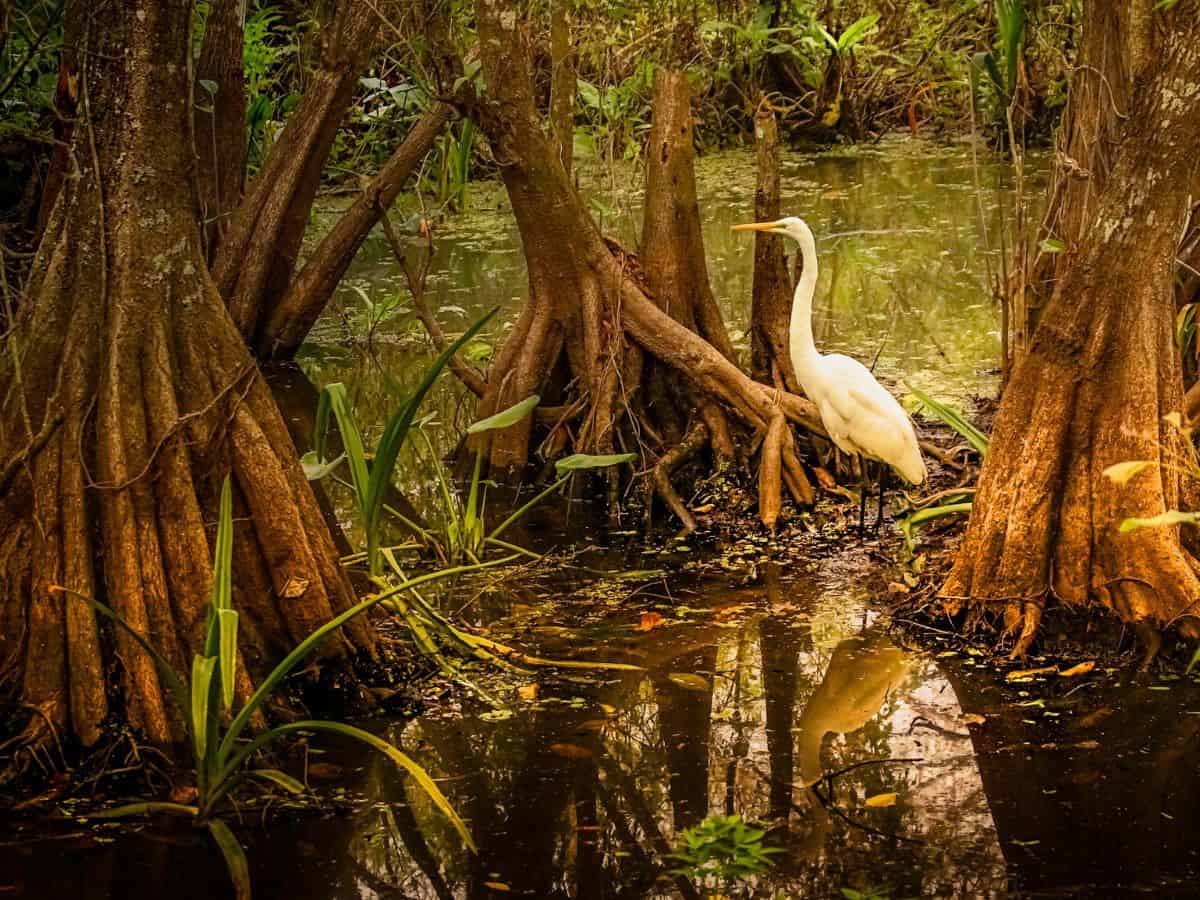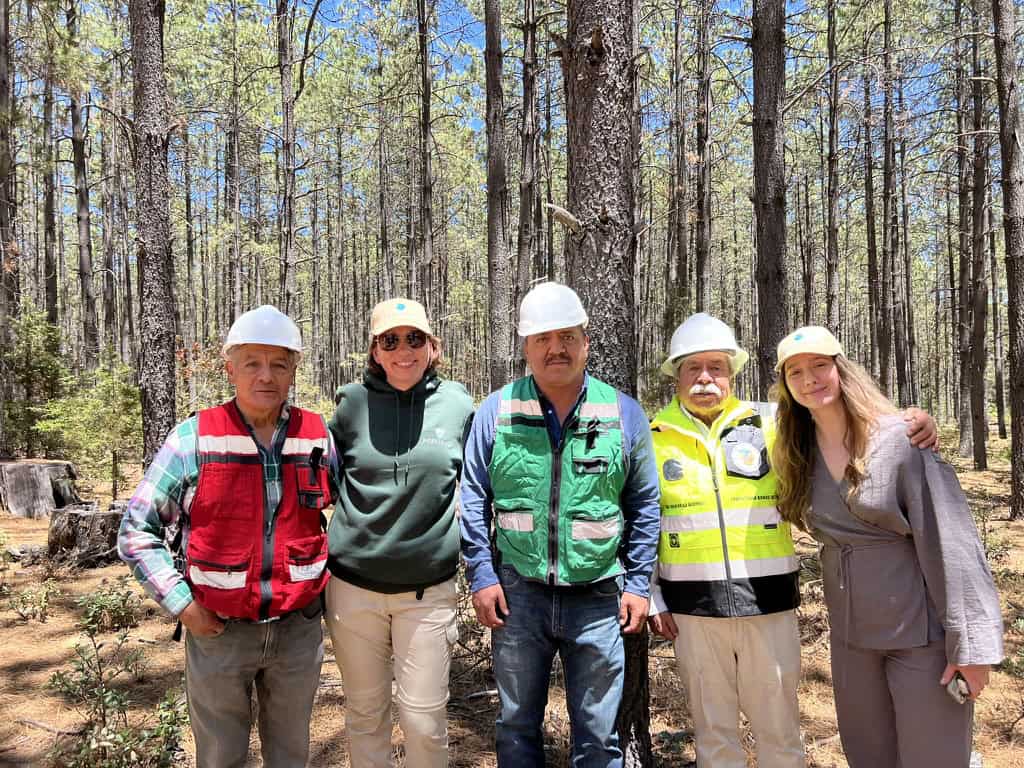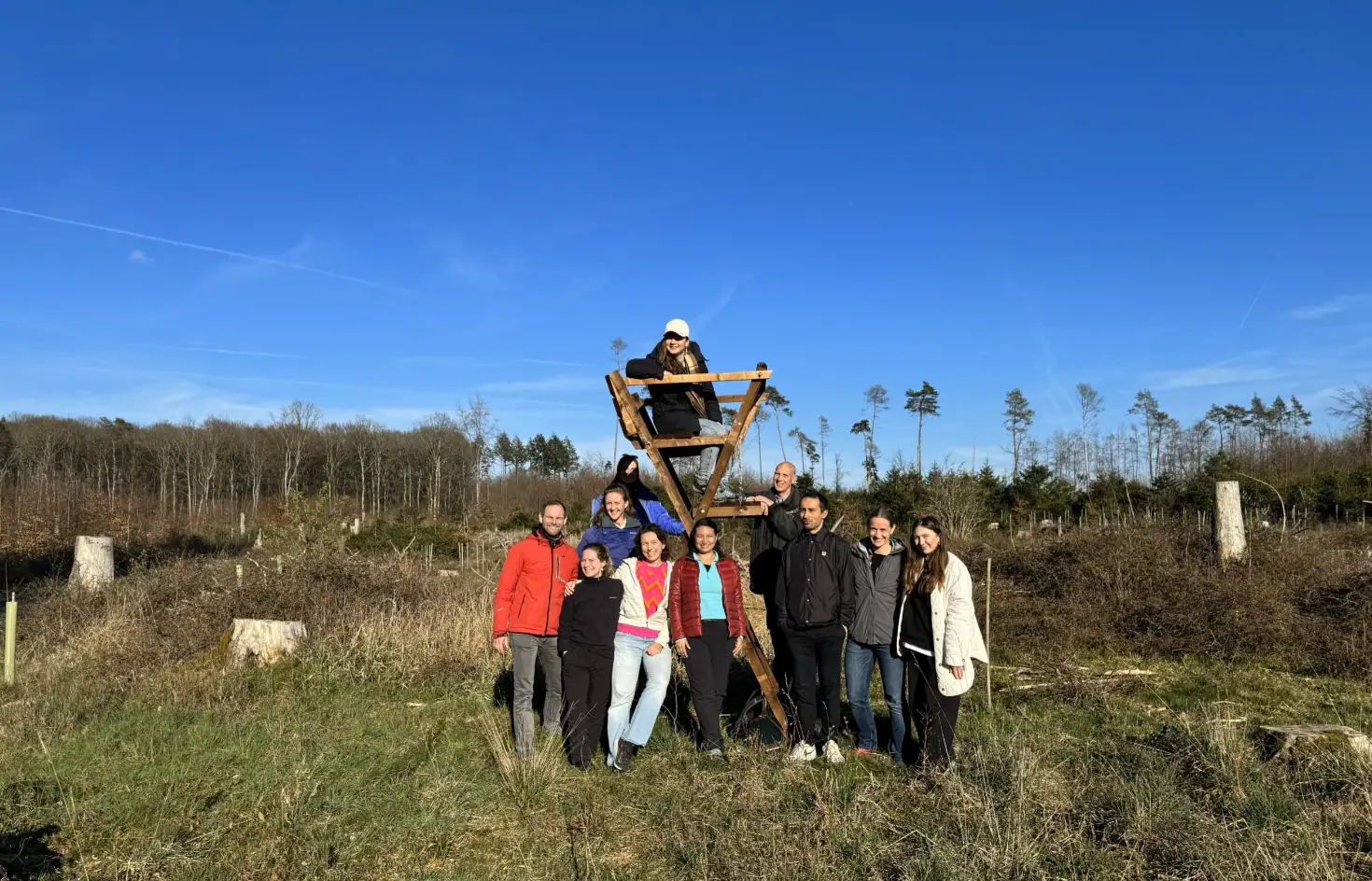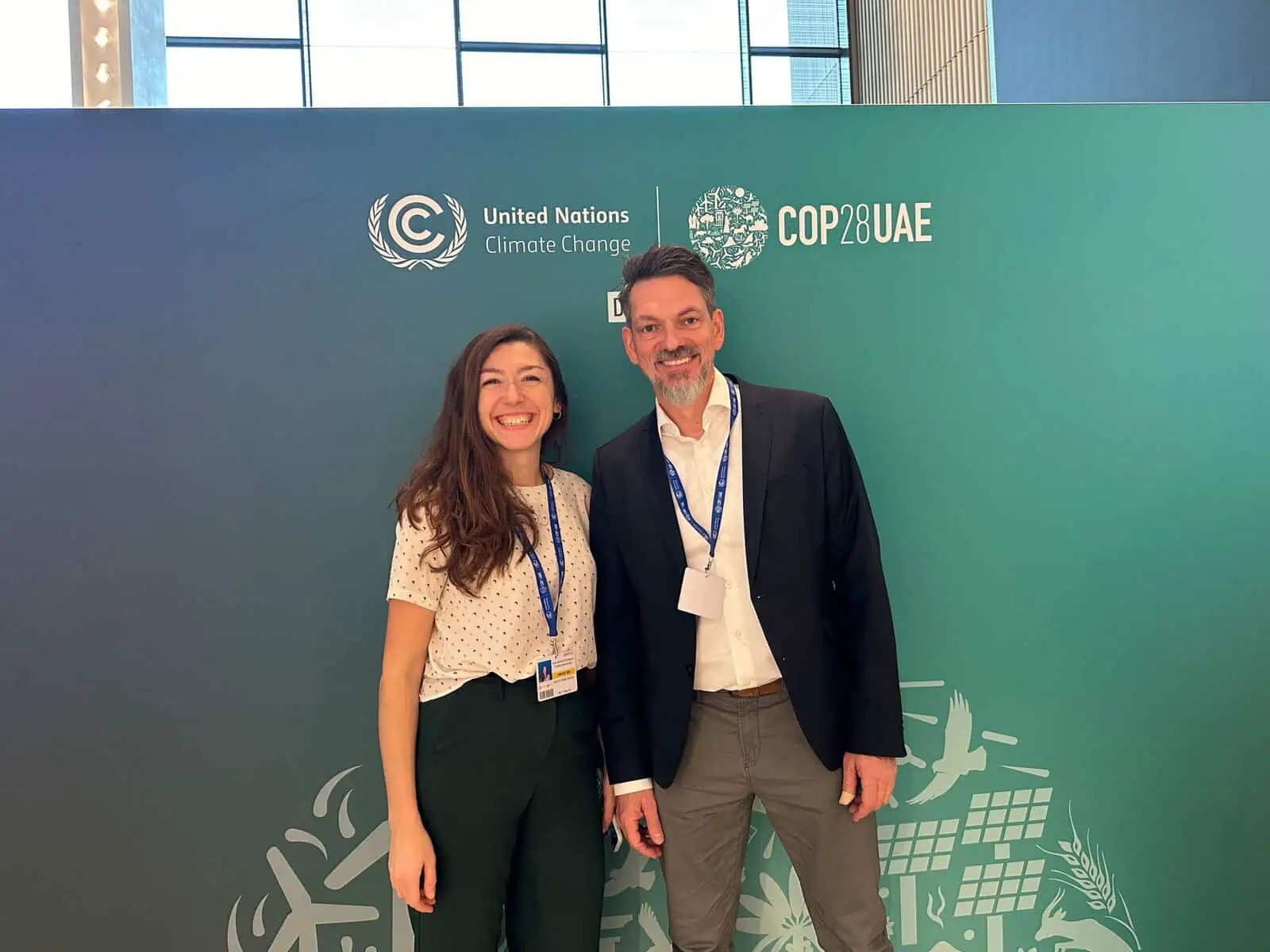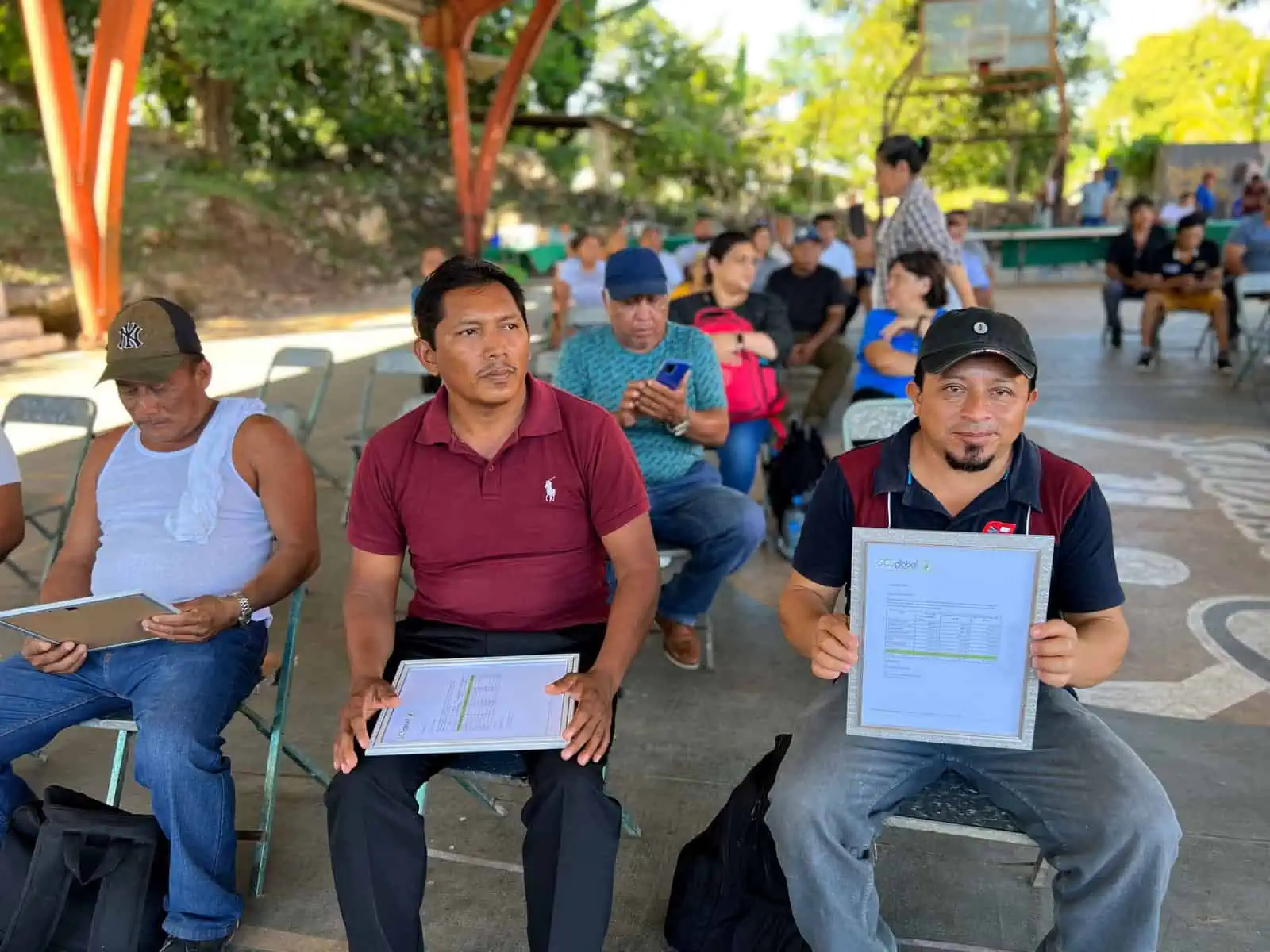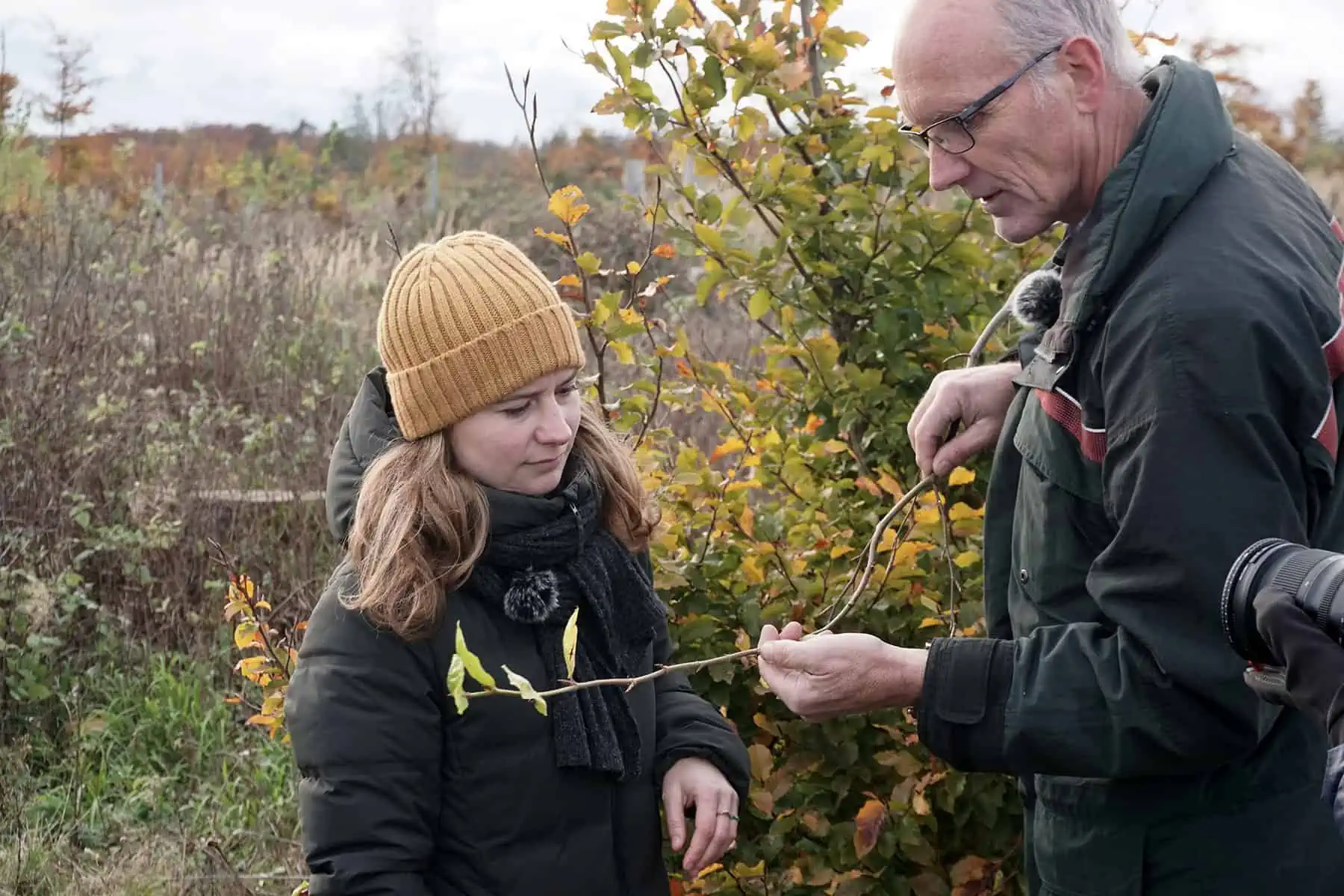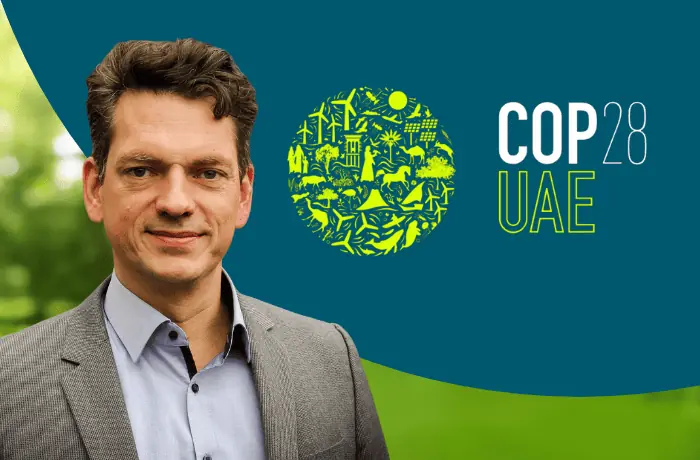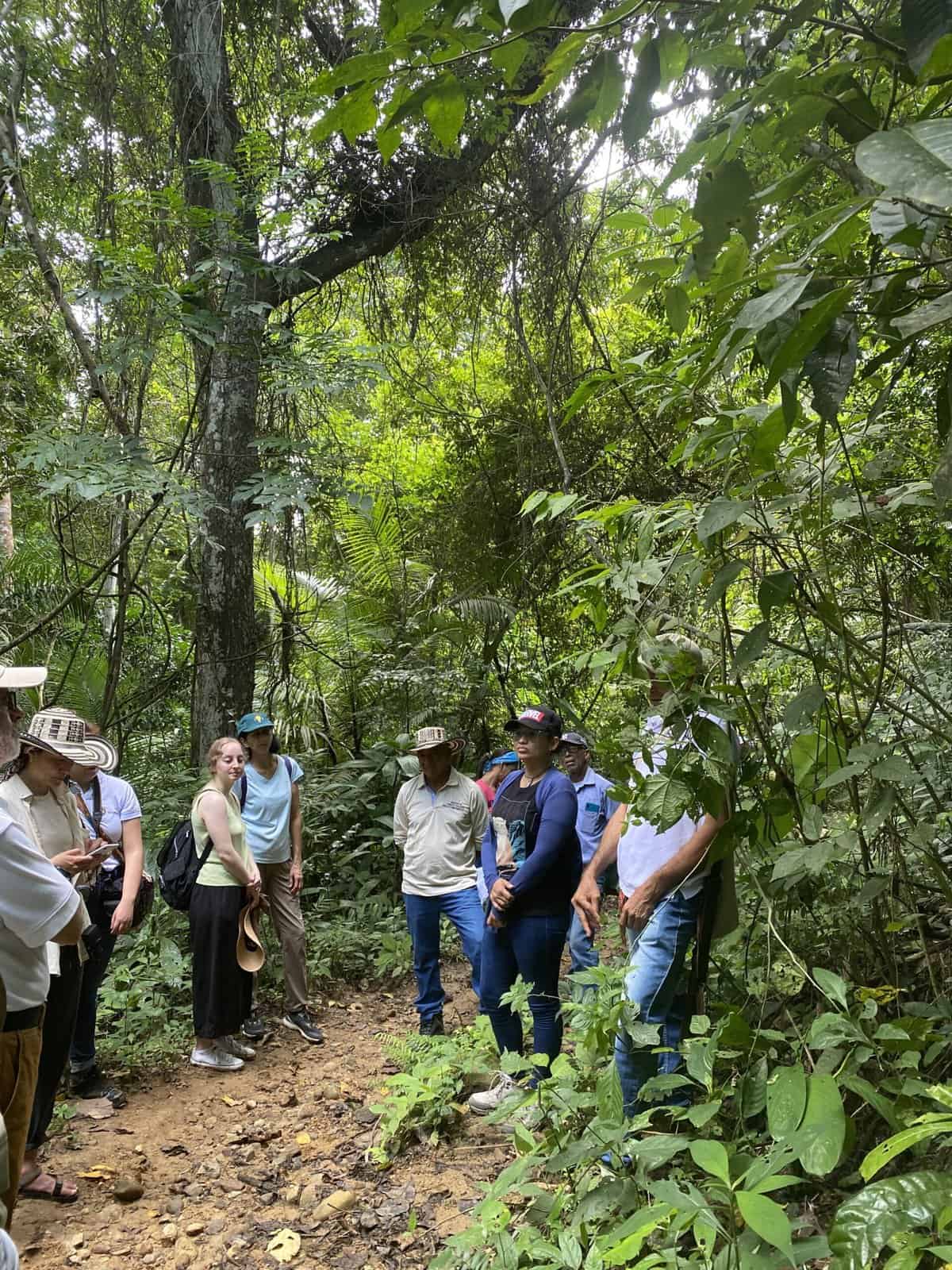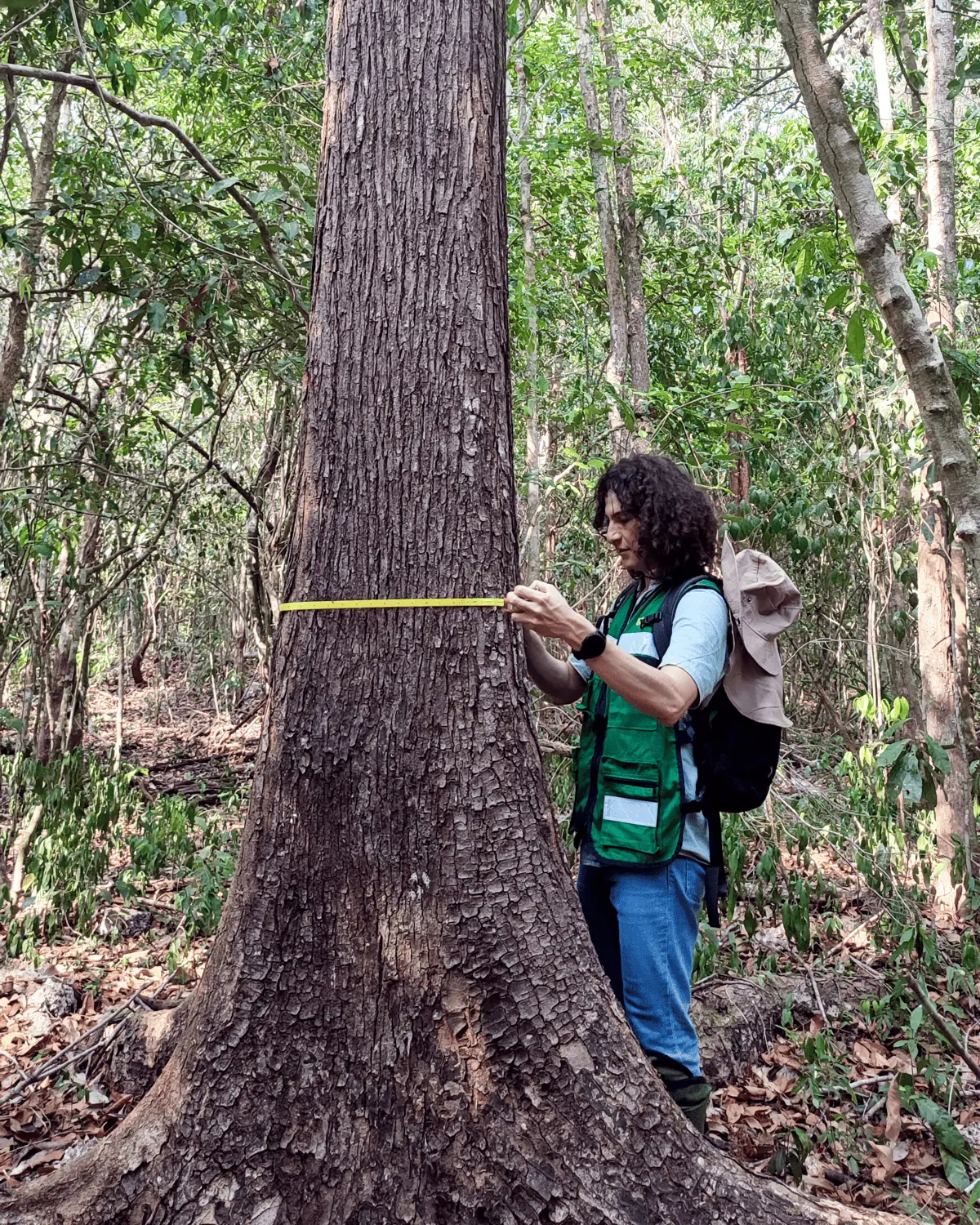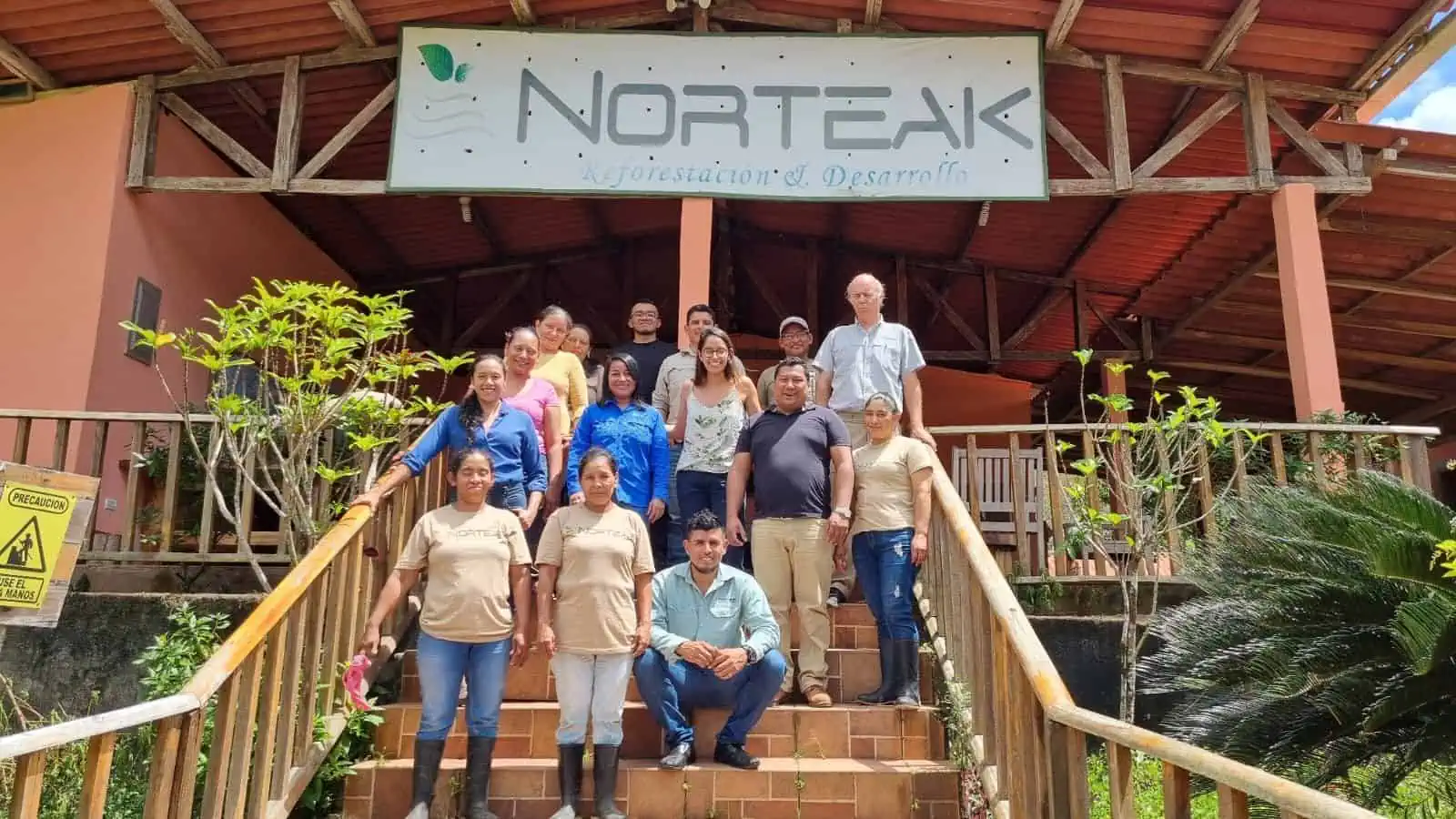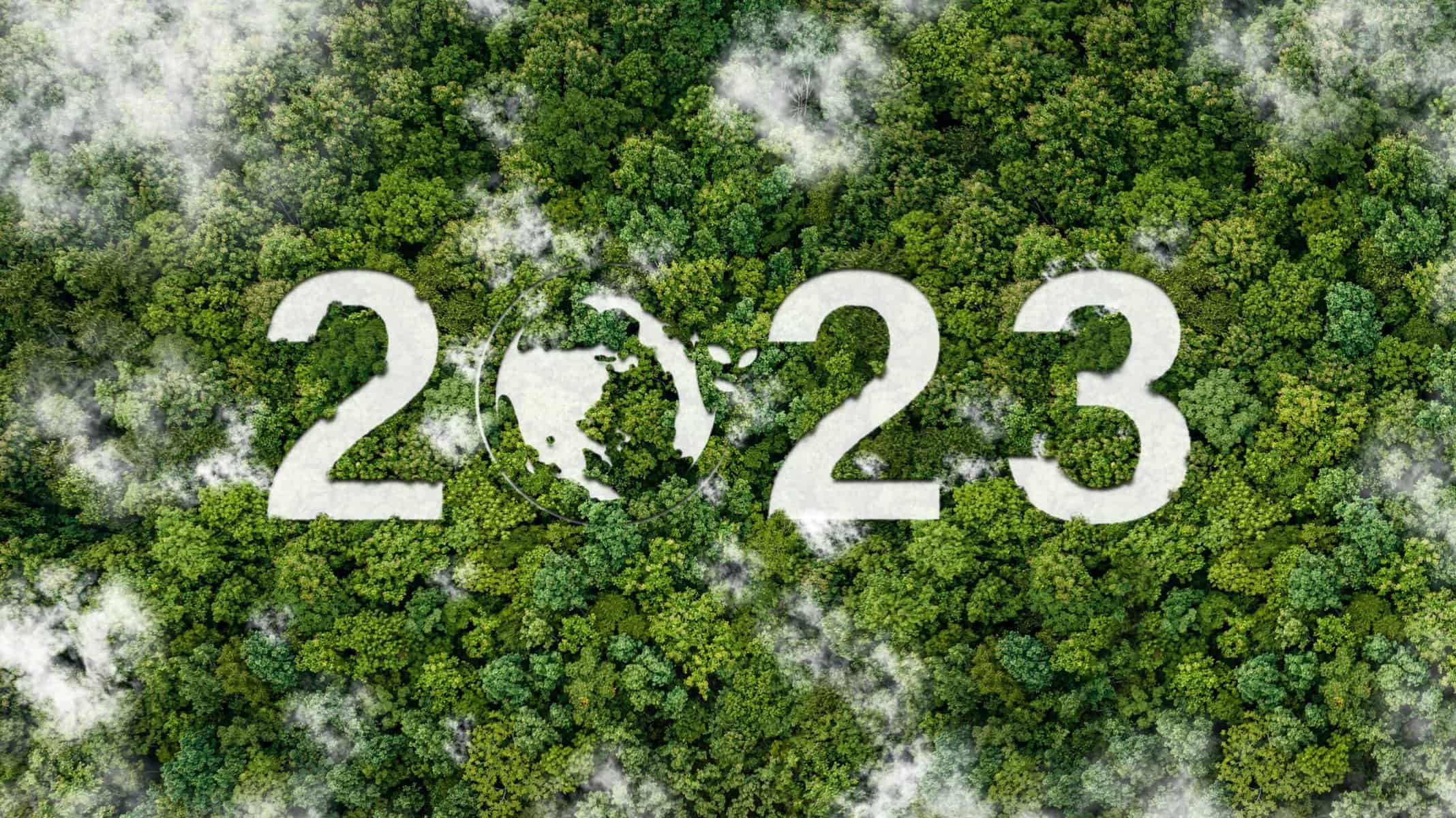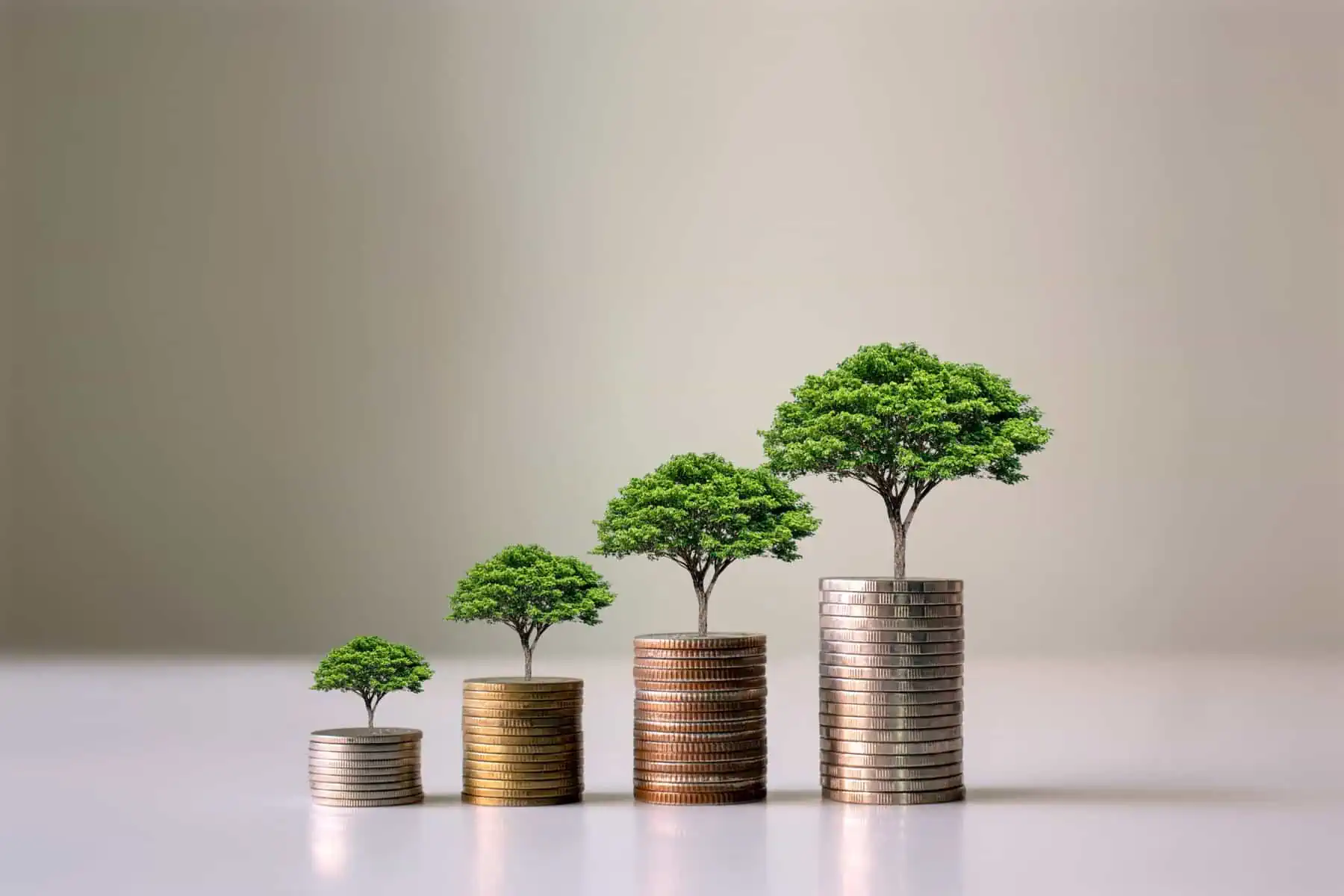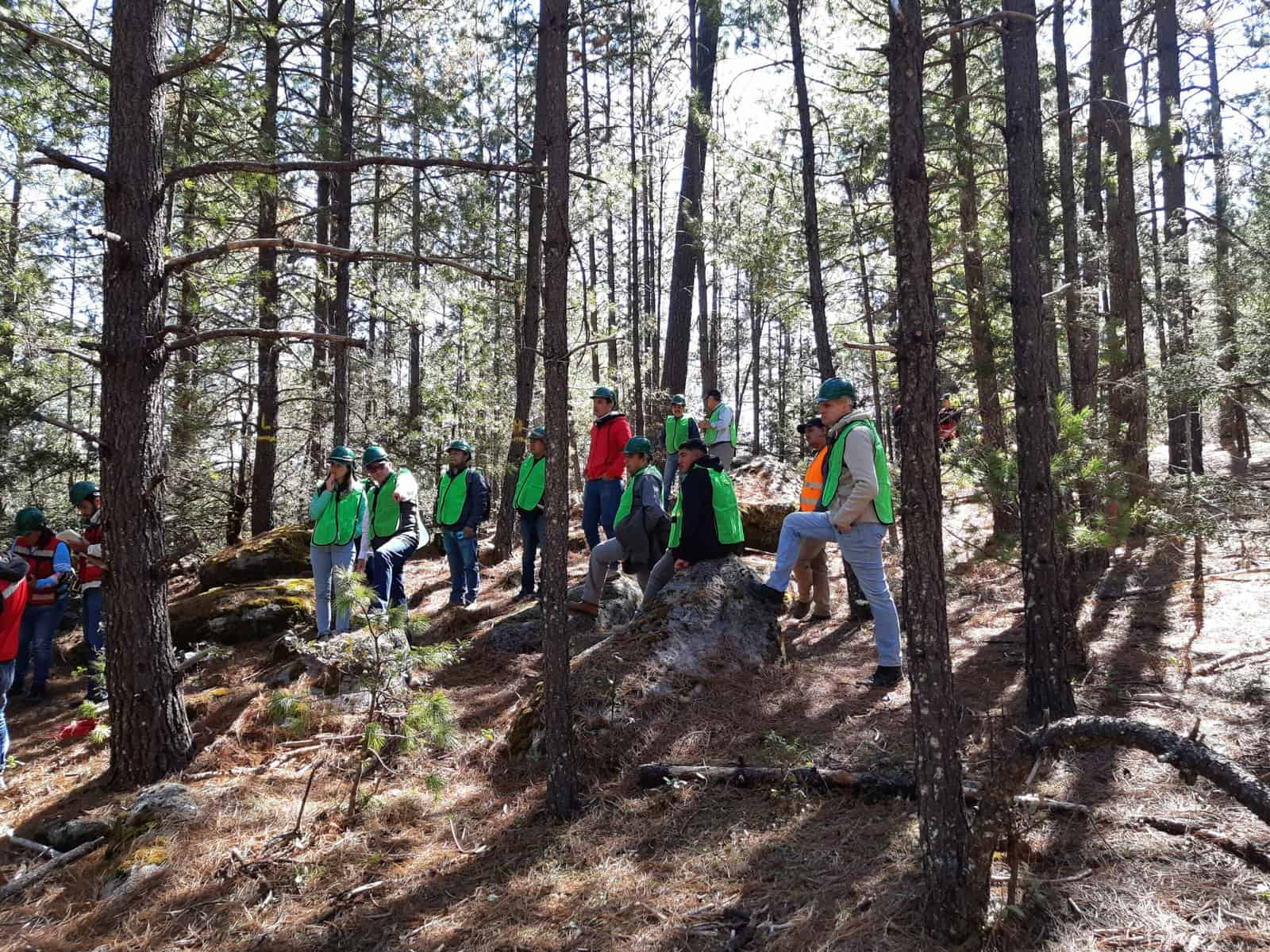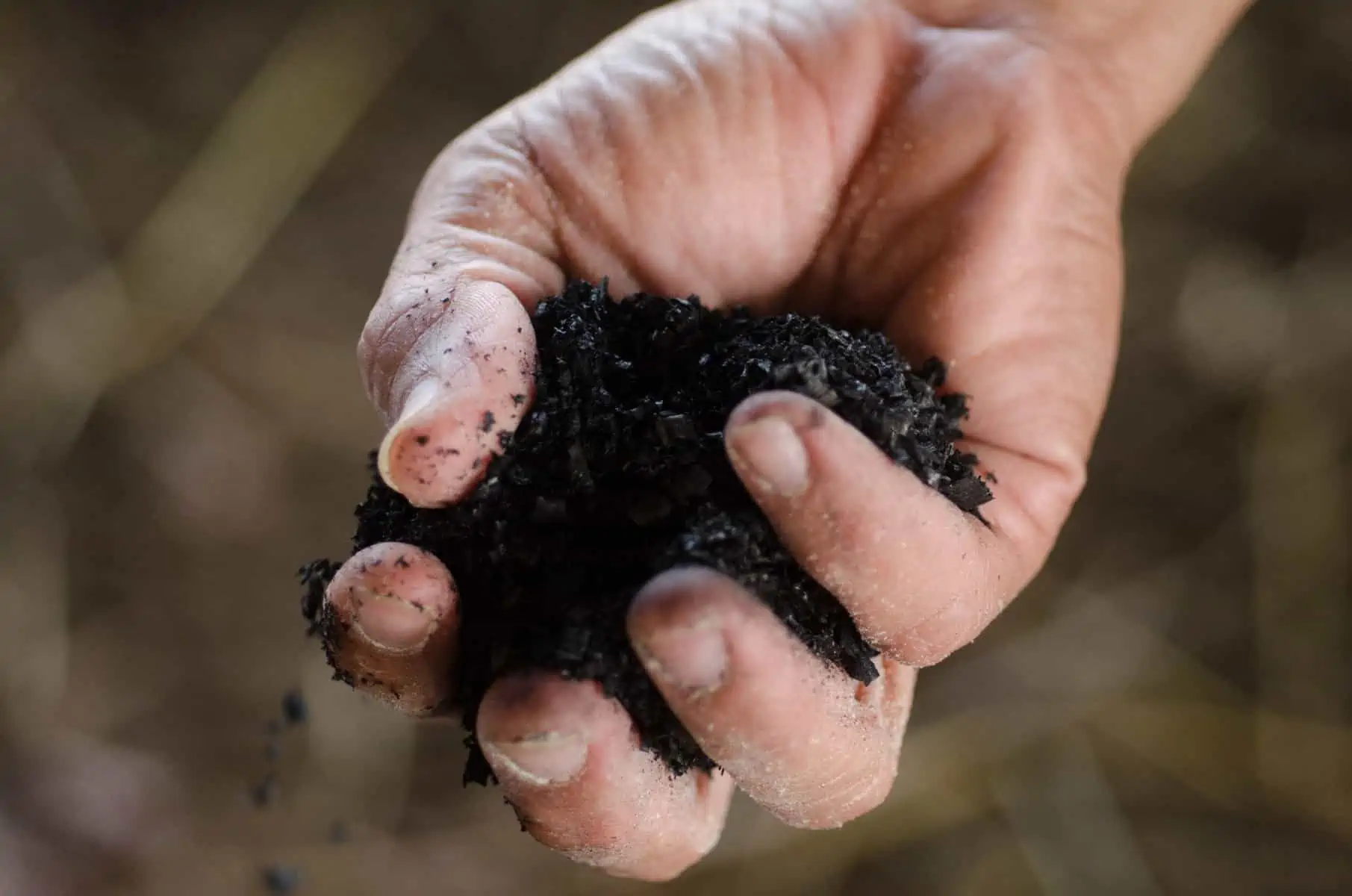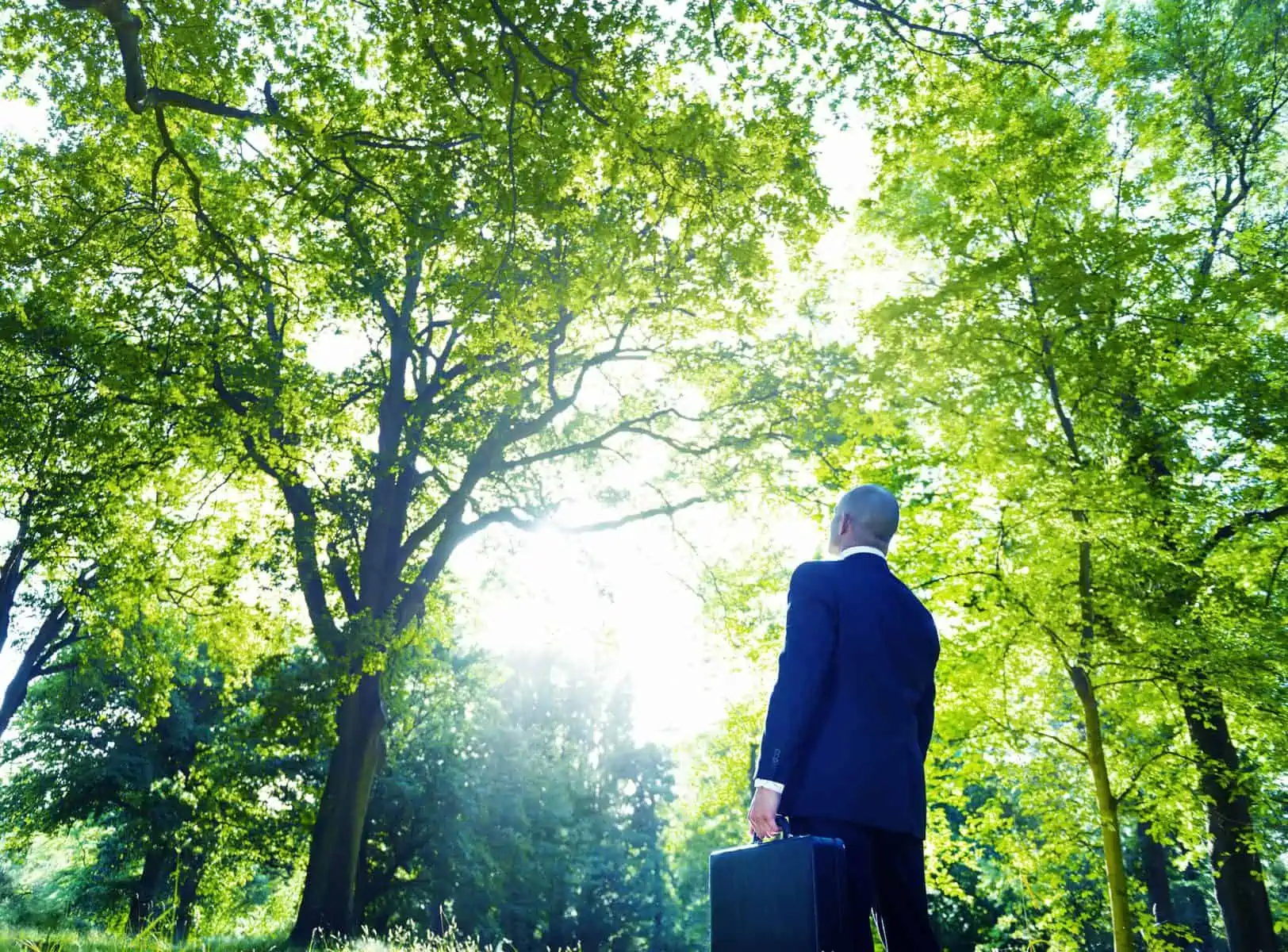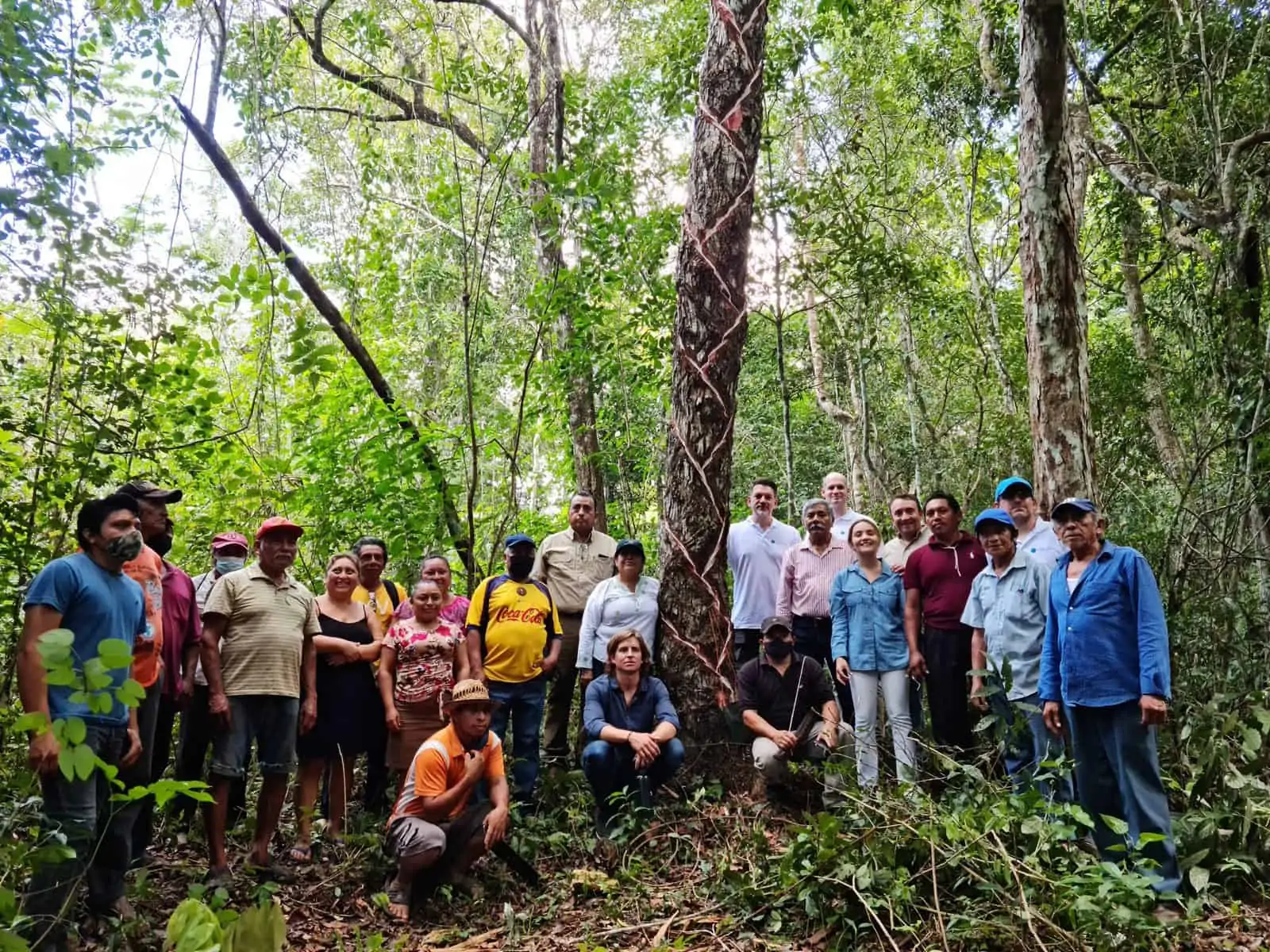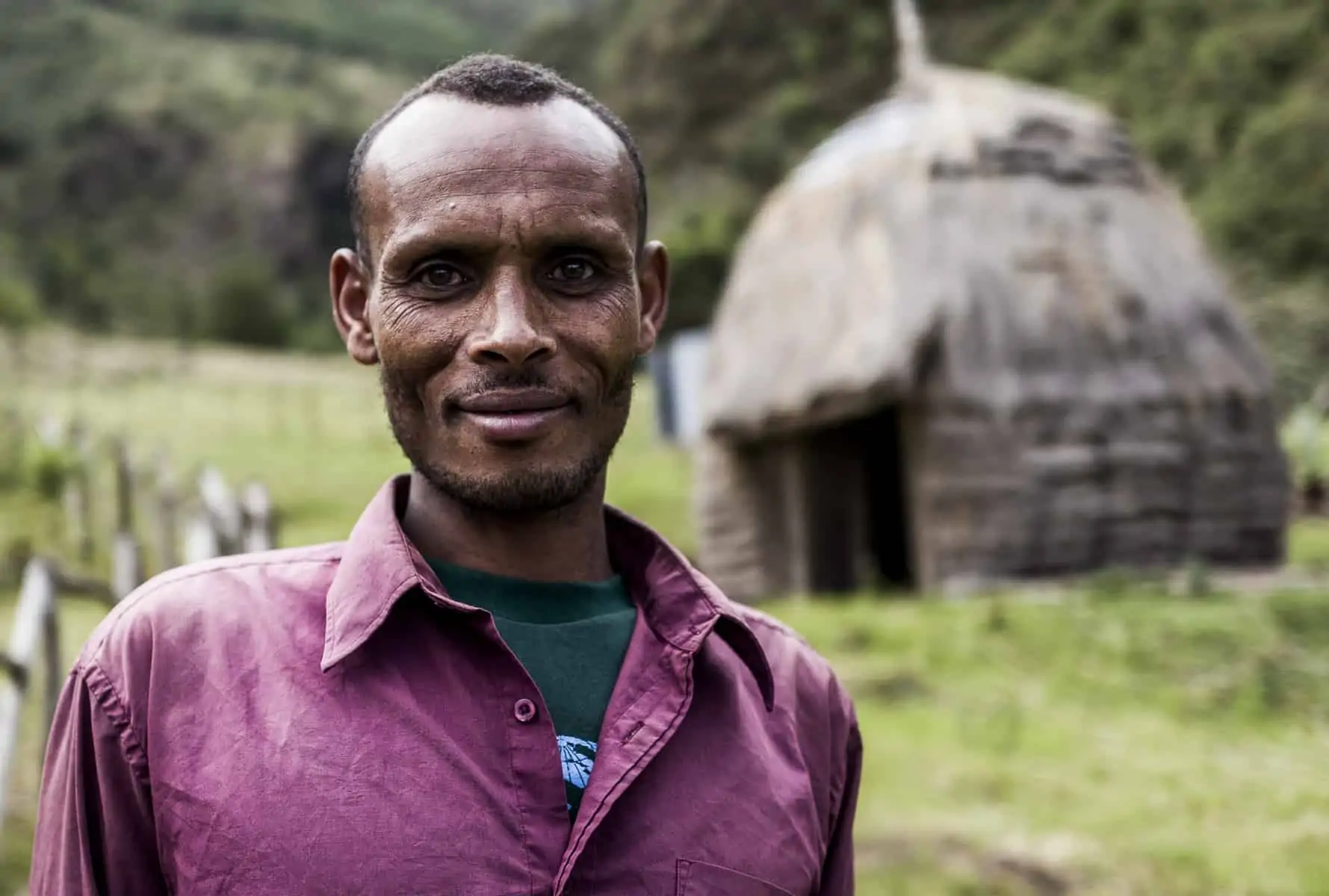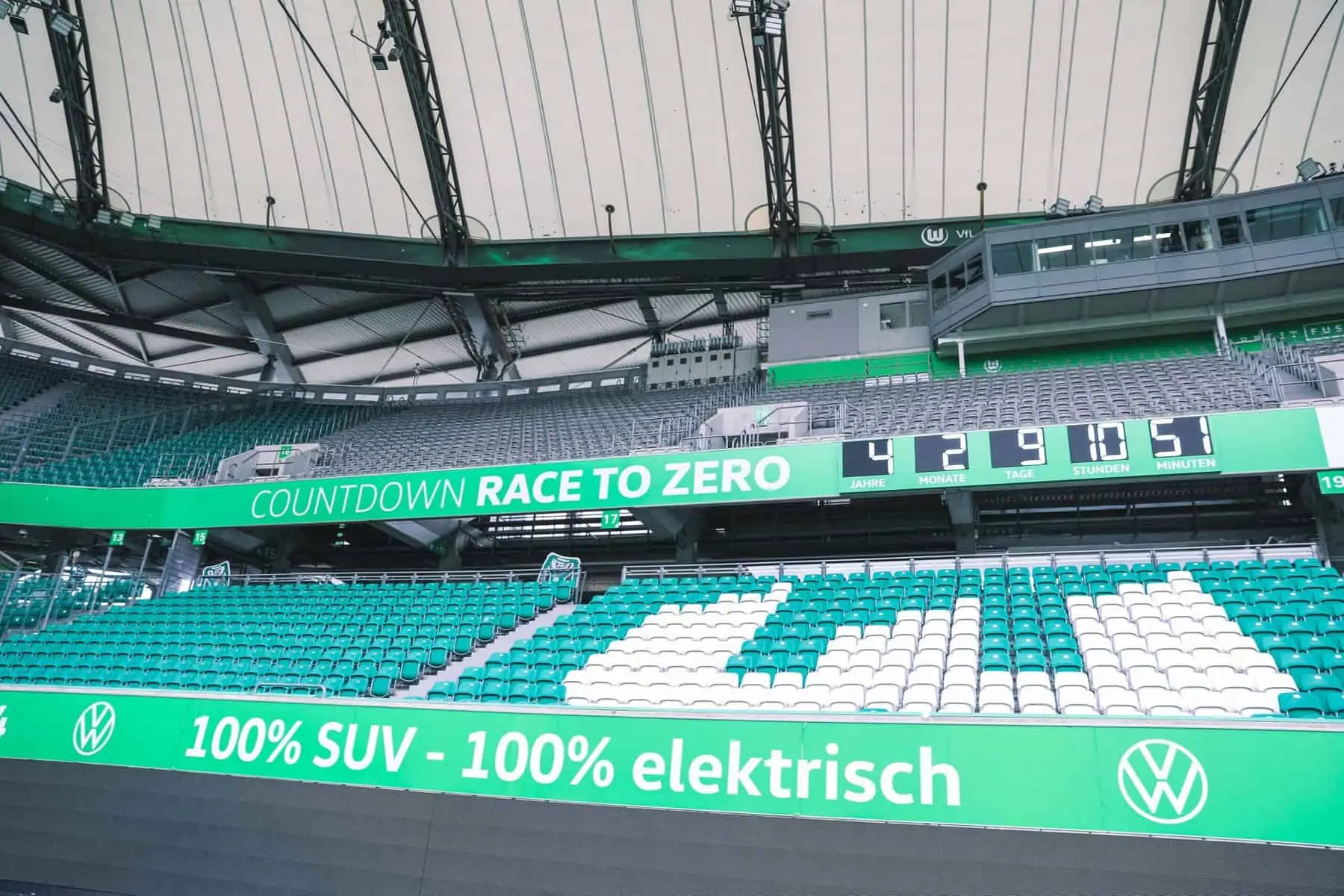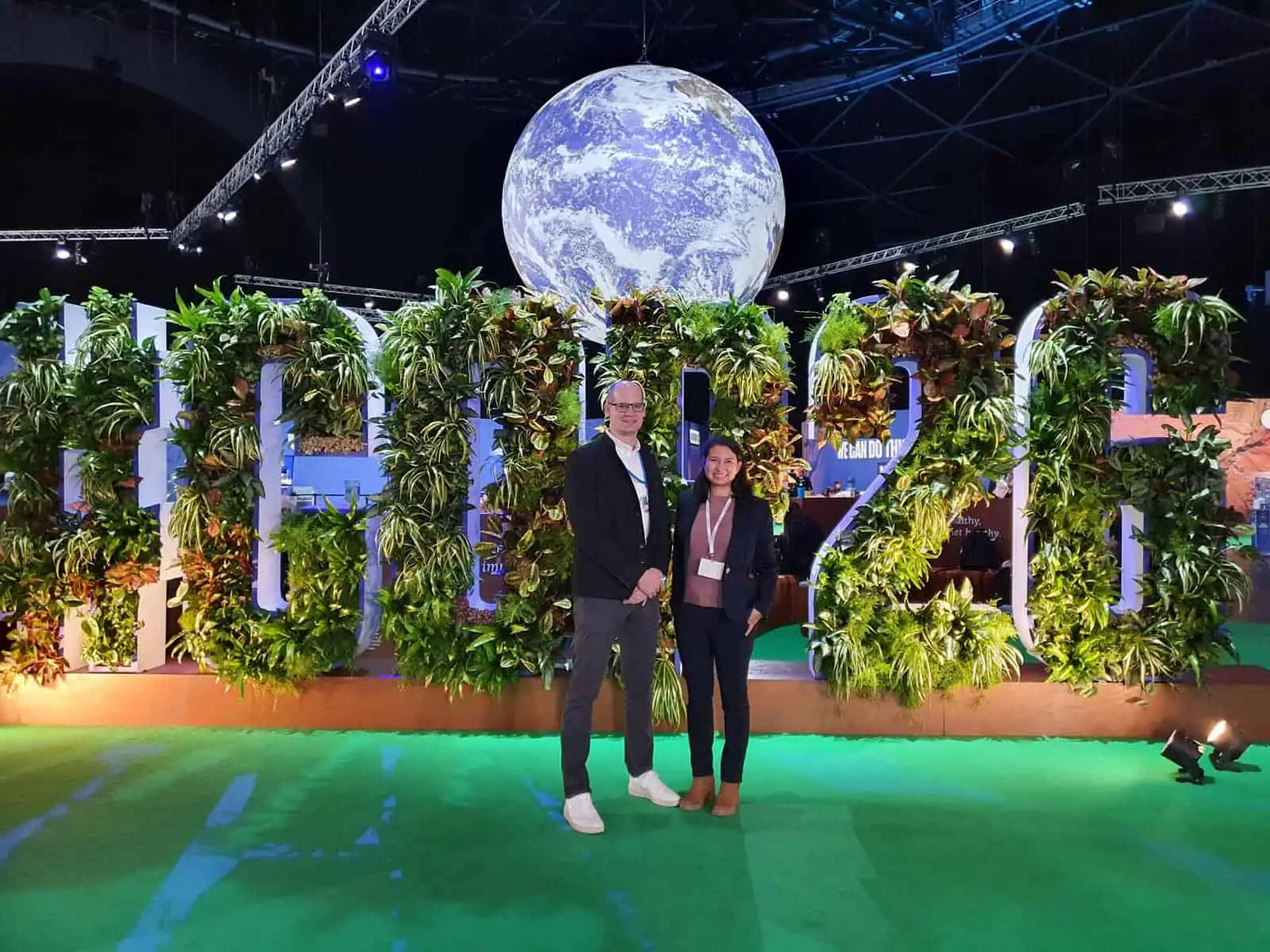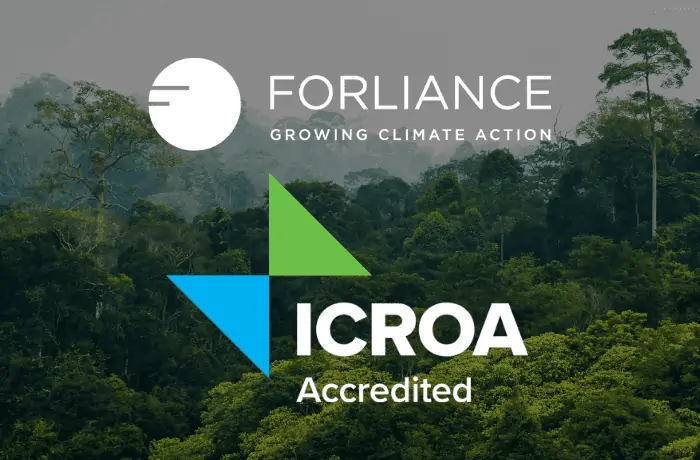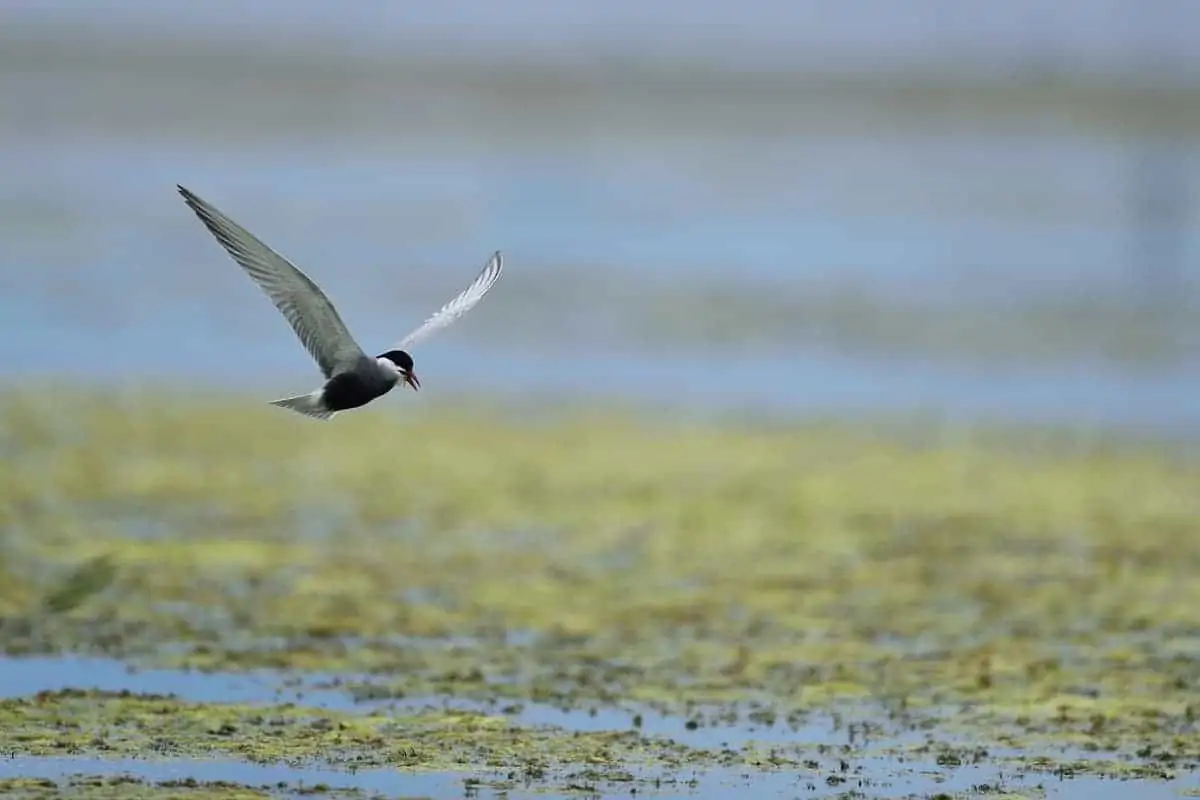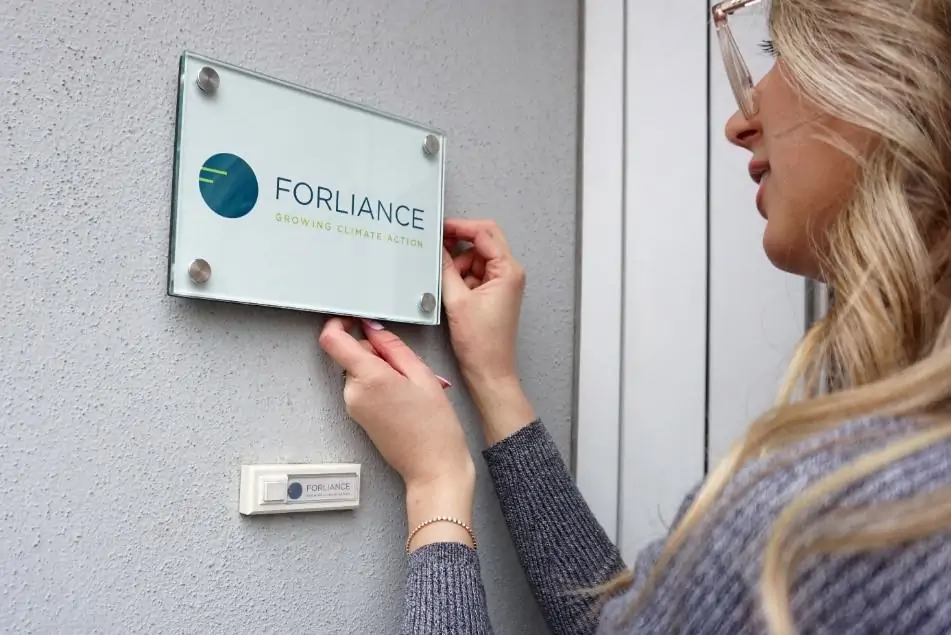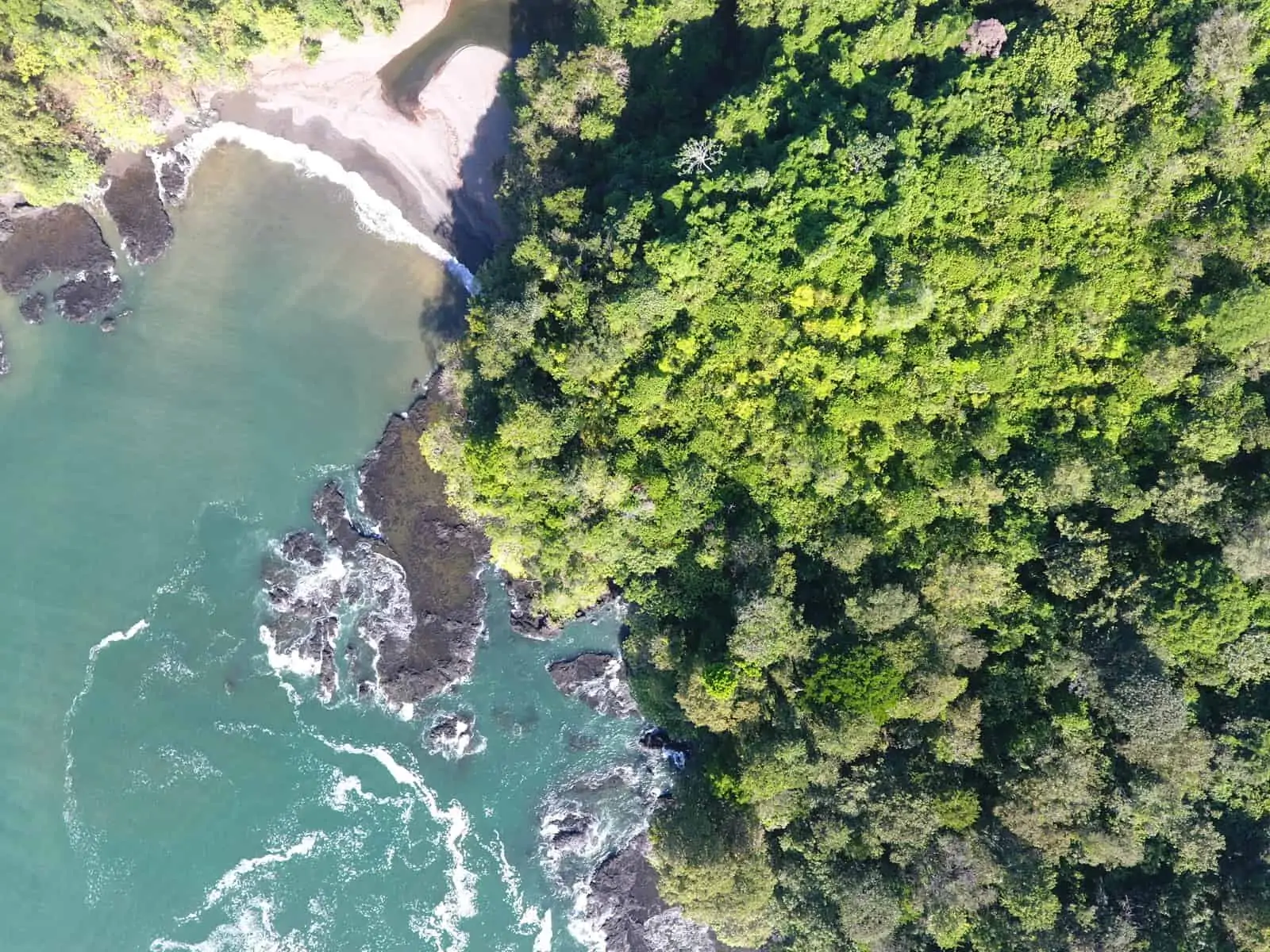Un camino hacia la acción climática: Entrevista con el Director de Sostenibilidad de Autobahn GmbH
November 15, 2023
Alianzas
Autobahn GmbH se ha propuesto objetivos ambiciosos en términos de protección ambiental y responsabilidad social. FORLIANCE apoya a Autobahn en el cálculo y análisis de la huella de carbono de la empresa. En nuestra entrevista, Oliver Krenz, Director del Programa de Sostenibilidad, comparte información sobre la estrategia de sostenibilidad de Autobahn GmbH, así como consejos para otras empresas que buscan desarrollar su propia estrategia de sostenibilidad.

Oliver Krenz, Director del Programa de Sostenibilidad en Autobahn GmbH, compartió ideas sobre la estrategia de sostenibilidad de la empresa y dio sus consejos a otras compañías que están considerando iniciar su camino hacia la acción climática.

Retrato de Oliver Krenz, Director del Programa de Sostenibilidad en Autobahn GmbH
Resumen de la estrategia de sostenibilidad
FORLIANCE: ¿Podría darnos una visión general de la estrategia de sostenibilidad de Autobahn GmbH? ¿Qué objetivos y visiones persiguen en cuanto a la protección ambiental y la responsabilidad social?
Oliver Krenz: A través de la reducción de nuestras emisiones de gases de efecto invernadero tanto como sea posible, aspiramos a lograr la neutralidad climática para 2037. Esto incluye los Alcances 1 y 2. Al mismo tiempo, nos enfocamos en la economía circular, la mitigación de ruido, la protección de los ecosistemas y la reducción de la congestión y de accidentes graves. La instalación de infraestructura de carga rápida para automóviles de pasajeros y una red inicial para vehículos pesados también forma parte de nuestra estrategia. La sostenibilidad social, incluida la reducción de accidentes laborales y la satisfacción de los empleados, es también una alta prioridad para nosotros.
Huella de CO₂ y objetivos de reducción
FORLIANCE: ¿Qué motivó a Autobahn a calcular su huella de carbono?
Oliver Krenz: Para la mayoría de nuestras instituciones predecesoras, calcular la huella de carbono no era una cuestión importante. Para tener una base adecuada para nuestros esfuerzos de sostenibilidad, el cálculo anual de nuestra huella de carbono es esencial. Esta es la única forma en que podemos identificar y seguir caminos de reducción significativos.
FORLIANCE: ¿Cuáles fueron los mayores desafíos en el cálculo y cómo se superaron?
Oliver Krenz: El mayor desafío en el cálculo de la huella de CO₂ fue la disponibilidad de datos en nuestra joven empresa. Estamos trabajando en expandir nuestros sistemas de datos para garantizar que toda la información necesaria esté disponible.
FORLIANCE: ¿Cuáles son los objetivos a largo plazo de Autobahn en términos de reducción de su huella de carbono? ¿Qué estrategias se están siguiendo para alcanzar estos objetivos?
Oliver Krenz: Ya hemos tomado medidas, como cambiar a energía generada a partir de recursos naturales, convertir nuestra flota de vehículos a sistemas de propulsión alternativos y reemplazar los sistemas de calefacción por alternativas más sostenibles en nuestras propiedades. Nos hemos propuesto metas ambiciosas para reducir nuestra huella de carbono y adaptaremos continuamente nuestras estrategias para lograr nuestros objetivos.

Asociaciones y colaboraciones
FORLIANCE: ¿Qué tan importante es la colaboración con FORLIANCE para promover la sostenibilidad?
Oliver Krenz: Nuestra colaboración con FORLIANCE tiene una gran importancia en el desarrollo de estrategias climáticas efectivas. Trabajar en estrecha colaboración con FORLIANCE nos abrió el camino para lograr los mejores resultados tanto para nuestro negocio como para la sostenibilidad.
Impactos ambientales y ecosistemas
FORLIANCE: ¿Cómo considera Autobahn los posibles impactos de sus operaciones en los ecosistemas circundantes y la biodiversidad? ¿Existen programas o iniciativas específicas para minimizar estos impactos?
Oliver Krenz: En Alemania, los estándares legales ya son muy altos en comparación con otros países industrializados. Seguimos estos estándares en la planificación, construcción y operación de nuestras carreteras, por ejemplo, operando plantas de reciclaje de agua y construyendo puentes verdes y otros pasos para minimizar el impacto en el medio ambiente.
Innovación y tecnología
FORLIANCE: ¿Podría darnos algunos ejemplos de tecnologías innovadoras o enfoques que Autobahn ha incorporado en sus operaciones para volverse más respetuoso con el medio ambiente?
Oliver Krenz: Solo por mencionar una que se nos presentó recientemente: en algunas partes del país, utilizamos soluciones innovadoras como espuma caliente biodegradable para controlar especies de plantas invasoras. Esta tecnología protege el medio ambiente, a nuestros empleados y a los residentes locales.
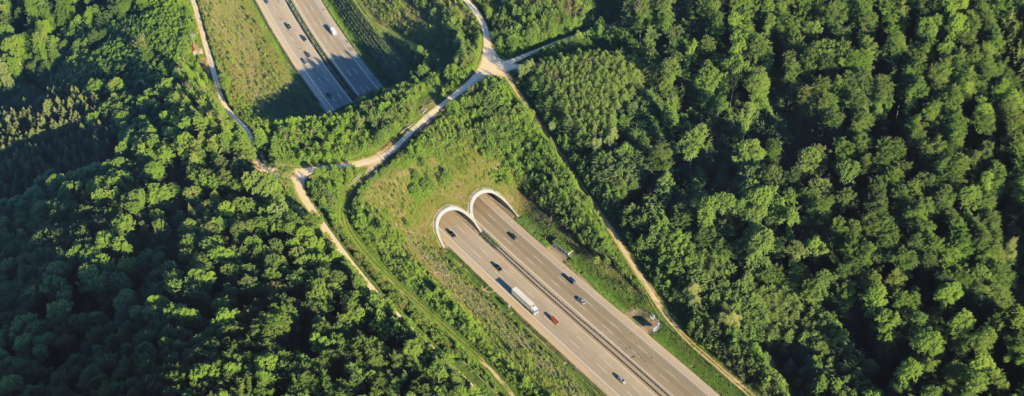
Retos y logros
FORLIANCE: ¿Qué desafíos ha superado Die Autobahn hasta ahora en su camino hacia una mayor sostenibilidad? ¿Hay algún logro o hito del que estén particularmente orgullosos?
Oliver Krenz: Además de construir nuestro programa de sostenibilidad, estamos particularmente orgullosos de la publicación de nuestro primer informe de sostenibilidad auditado para 2022. Este informe será la base para futuros informes, ya que los requisitos para tales informes aumentarán en los próximos años.
Transparencia e informes
FORLIANCE: ¿Cómo garantiza Autobahn la transparencia de su progreso en sostenibilidad? ¿Qué métricas o indicadores utilizan para medir y comunicar el progreso?
Oliver Krenz: Nuestra transparencia e informes están anclados en nuestros informes anuales de sostenibilidad. Estos informes contienen información completa sobre lo que estamos haciendo en el ámbito de la sostenibilidad y nuestros planes futuros. En los próximos años, introduciremos indicadores clave adicionales de rendimiento para medir la sostenibilidad que se publicarán en nuestros informes para mostrar el progreso de manera transparente.
Consejos para otras empresas
FORLIANCE: ¿Qué consejo daría a otras empresas que buscan desarrollar su propia estrategia climática? ¿Cuáles son los pasos importantes que deberían considerar?
Oliver Krenz: Mi consejo para otras empresas es: ¡Empiecen ya! Puede sonar simple, pero si no empiezan temprano, podrían quedar atrás en la competencia más adelante y estar en desventaja en comparación con empresas de la misma industria que ya han comenzado el camino hacia una mayor sostenibilidad. Esto afecta las oportunidades de financiamiento, la atracción de talento, el cumplimiento y la atractividad de la empresa para clientes, empleados y socios comerciales.

Planes futuros
FORLIANCE: ¿Qué planes e iniciativas futuras tiene Die Autobahn para avanzar aún más en sus objetivos de sostenibilidad? ¿Cómo ve el papel de la empresa en el avance del movimiento general de sostenibilidad?
Oliver Krenz: Como empresa en la intersección de varios sectores intensivos en energía, reconocemos que convertirnos en “la más sostenible” puede ser muy desafiante. No obstante, al demostrar claramente nuestro compromiso con la sostenibilidad y actuar con transparencia y honestidad, podemos liderar el camino para otras empresas. Autobahn GmbH tiene objetivos de sostenibilidad ambiciosos y confía en la innovación, la transparencia y las asociaciones para lograrlos.
FORLIANCE espera seguir apoyando a Autobahn GmbH en su camino hacia la sostenibilidad.
Inicia el camino de acción climática de tu empresa con FORLIANCE
Tu empresa también puede ser parte de este cambio transformador. Trabajemos juntos para iniciar el desarrollo de tu estrategia climática con FORLIANCE. Juntos, podemos hacer una diferencia positiva significativa y duradera.
Picture credits: Die Autobahn GmbH
